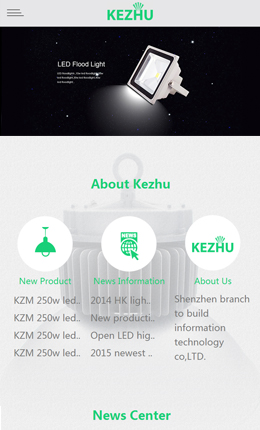Analysis of how to compete
Kohler master tells us: "the art of marketing is about the difference between", competition analysis is to define the "difference".
Competitive analysis before, the first to identify areas competitive products, which is our competitive products? In the square for the definition of "sales encounter against our competitors", this definition is the premise of products have been launched. The author thinks that the definition of a more accurate way to "solve the problem of users the same product is" rivals. Mercedes competitor who is it? BMW? Rolls-Royce? NO, Mercedes to help users solve problems has been more than the car itself, more is the embodiment of the status, from this level, greatly increased the scope of its competitors, products can be included in the competitor in luxury goods category, rolex, parker pen... Of course, the analysis of the actual process we will only do general analysis of the competition.
In addition, before competition analysis to determine whether we hope that the results obtained from this process, in order to push the clear way to achieve your goals, the essence of competitive analysis is to gain a competitive advantage, defining the product difference.
Clear the above problem, analyzing competition can start trying to follow the following steps:
Step 1 market segmentation
Market segmentation is to find differences, most of the situation is a big push ourselves out differences, users might think this is critical, little difference for them. The problem is that we do it from the perspective of their products, we think important aspects of ourselves upon the user. The understanding of the user often is protean, some pay attention to the function, some focus on service. Market segmentation for the function of the competitive analysis is to influence the influential factors of the market, so that different market values are the same, under the same values, different product compared to be meaningful.
Step 2 model
A customer value evaluation model is set up, there is a systematic evaluation model in the IPD $APPEALS, this is from IBM. Among them,
$: refer to the price, the customer is willing to the best pay much money for this product?
A: refer to availability, the whole customer purchase experience, including their purchase channels
P: refer to the packing, visual assessment/bundle
P: refer to performance, need what kind of function/performance?
E: refer to ease of use, ease of use, like installation, management, etc
A: refer to that provided by the product/service
L: refers to the life cycle cost, what kind of life cycle cost considerations affect customers purchase products?
S: refer to social acceptance, what is the "image" can promote customers to buy our product? The customer is how to obtain this information?
Step 3 the analysis process
1, according to the model to understand the main factors of each dimension customer care
2, put these factors is divided into B/S/A three categories
Basic: is to resolve customer problems the Basic function of all products, do not have this function will not be able to solve the problem of the customer, the customer won't buy;
Satisfactor: suitable for part of the customer
Attractor: applicable to a small number of customers
3, define each dimension weights of customer value
4, their own products and competitive products, mainly in the segmentation dimensions, 1-10 points, including: 10 - the absolute best; 9 - is clearly the leader; 8 - within the top 2; 7 - located in the top 3 to 5; 6 - in the market is widely considered to be "good"; 5 - most clients can accept; 4-25% - 25% of the buyers can not accept; 3 - most of the buyers can not accept; 2 - hardly satisfied; 1 - not qualified
5 dimensions, calculated their product and competitor product weighted score, and get a general data for each product
6, calculating Customer Value Differentiation factor Value, this can let us understand the difference degree.
7, for the most important dimension to ask three questions:
(1) why customers think competitors in some way is very good to satisfy their needs?
(2) why customers think we have no competitors in some way so well meet the requirements?
(3) why do we and competitors are not in some way to meet customer requirements?
Above largely depends on scientific users in the process of research, on the one hand can form in focus groups for a general view of the problem, on the other hand can through in-depth interviews, a thorough understanding of specific problems. In the process of investigation to obtain information, it is difficult to obtain complete information limited to many factors, in this case the point is that the instant decision depends on the partial information, also to ensure that the partial information of authenticity and directness.
Part of the product manager, how to do the competitive analysis


 Home
Home Service
Service Contact us
Contact us

